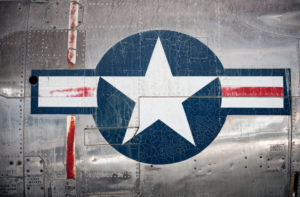
ST. LOUIS--Boeing [BA] expects this summer to receive required Federal Aviation Administration (FAA) supplemental type certification (STC) for the MH-139 Grey Wolf helicopter, but such FAA certification has taken longer than company officials expected. Commercial aircraft converted to military versions need FAA-approved supplemental type certificates (STCs) for military-specific equipment. For the MH-139, Boeing installs unique military equipment on the Leonardo-supplied AW139 commercial helicopter. "The [FAA] certification process [for the MH-139] has taken longer than we expected without a doubt," Mark Cherry,…














